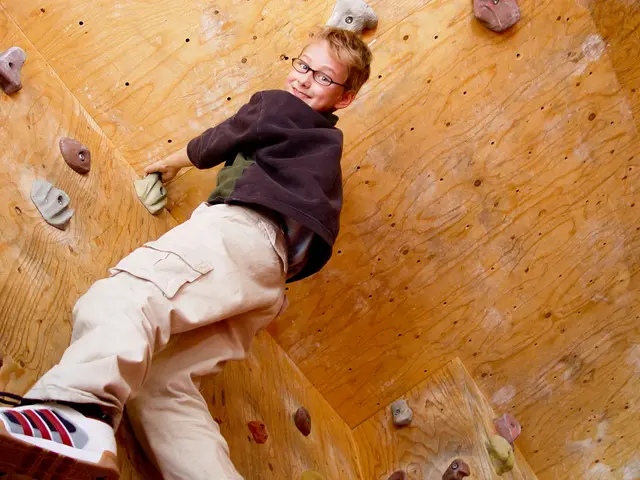Boosting Student Performance with Yoga Breaks
Enhancing Concentration and Vigor in Students Through Brain Break Yoga Practice
In the hustle and bustle of modern education, students frequently grapple with mounting academic pressure and continuous stimulation, leading to stress, anxiety, and difficulties focusing. To address this issue, educators are turning to brain break yoga to provide students with a short, energizing reprieve that helps rejuvenate and refocus.
Enhanced Focus and productivity
Brain break yoga promotes heightened concentration and productivity by offering an active respite that helps students recharge mentally. By incorporating gentle movement and stretching exercises, students are able to refreshen their minds and return to academic tasks with increased focus.
Stress Reduction and Emotional Well-being
Students often experience worries and doubts due to the multitude of demands on their time and attention. Brain break yoga provides a valuable outlet for relieving stress and fostering emotional well-being. The practice encourages relaxation and mindfulness, allowing students to manage stress levels more effectively.
Implementing Brain Break Yoga in the Classroom
Introducing brain break yoga in the classroom is a straightforward process that requires minimal resources. By dedicating a few minutes per day for a yoga session and utilizing online resources or guided videos, teachers can effortlessly incorporate this practice into their classrooms. By fostering an inclusive and open environment for participation, more students are likely to engage and benefit from these sessions.
FAQs
- What is the ideal duration of a brain break yoga session?Sessions can range from as brief as five minutes to 15 minutes, depending on the age and concentration span of the students. Smaller sessions work well for younger audiences, while longer ones provide more time to engage and explore various poses.
- Is it feasible to perform yoga in cramped spaces?Yoga can indeed be adapted to suit various spaces, from compact classrooms to limited corners within a room. The key is to modify the exercises for optimal comfort and efficiency while maintaining the intended stretches and movements.
- Are there certain poses that are particularly beneficial for students?Yes, there are several poses that cater particularly well to students' needs. These include the Tree Pose, Downward Dog, Sun Salutations, as well as simply stretching and breathing exercises that promote concentration, balance, and relaxation.
In conclusion, brain break yoga is a transformative tool that enhances focus, fosters emotional well-being, and encourages physical activity in students. By implements simple and adaptable poses and exercises during classroom sessions, educators can provide students with the essential tools needed to succeed in today's academic environment.
Science indicates that brain break yoga can play a significant role in the health-and-wellness of students, promoting not only fitness-and-exercise but also mental-health. By practicing mindfulness and engaging in gentle stretching exercises, students can improve their learning and education-and-self-development experiences, as they enhance their focus, productivity, and stress reduction. Furthermore, the accessible nature of this practice makes it an invaluable asset for students and educators alike.








